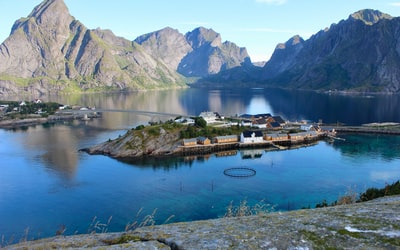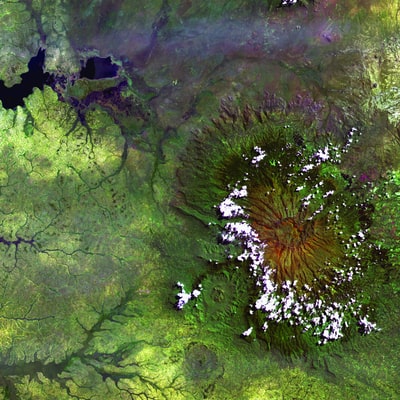
Many countries in sub-tropical and tropical rural areas are extremely poor, and are under pressure to increase the amount of money for their populations. In an era of globalisation many countries see growing crops for export as the best way to generate income.
Developed countries like Britain tend to be in temperate zones and have distinct seasons, so many crops cannot be grown all year round. Developing countries hope to benefit from this by growing crops that will be sold in our supermarkets.
The problem for local farmers in these areas is that for centuries they have been growing food to feed themselves and their families. When they are expected to stop doing so and instead grow food for export they must turn to the markets to survive. Where once they simply grew food and consumed it – subsistence farming – now they must sell their produce and use the money raised to buy food.
How have traditional farming economies been affected by forestry, mining and soil erosion?
Many tropical and subtropical countries are also rich in mineral and natural resources: minerals like iron and zinc, natural resources like timber and sunlight. By selling these to the developed world they can raise more money, but this means disturbing traditional communities and farming areas and often forcing people to move away from their homes.
When large areas of forest or natural land are cleared for new agricultural methods or industry, this not only has an impact on the people who live there but also on the environment. When trees are cut down, the soil beneath is exposed to sun and rain; it becomes vulnerable to erosion and is washed away.
The impact of industrialised agriculture can be lessened by using new technology and low-cost irrigation systems. One example is the treadle pump, which costs very little and enables local farmers to move the water to the places they need to grow produce.
